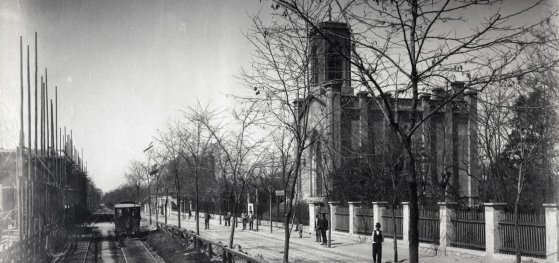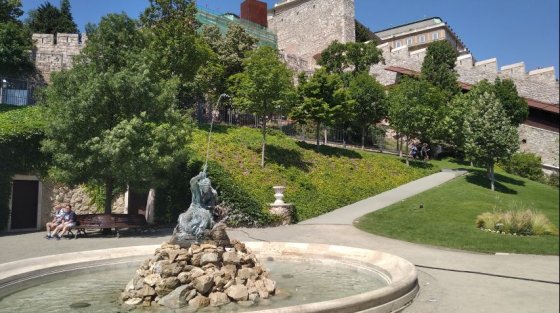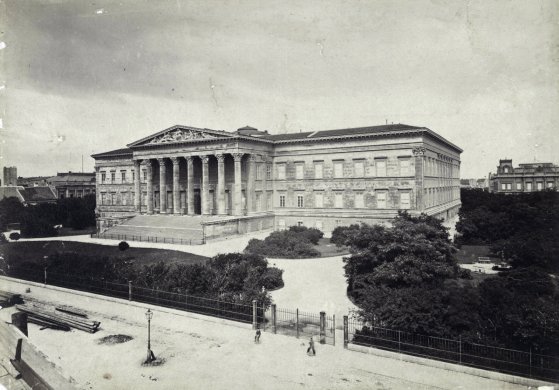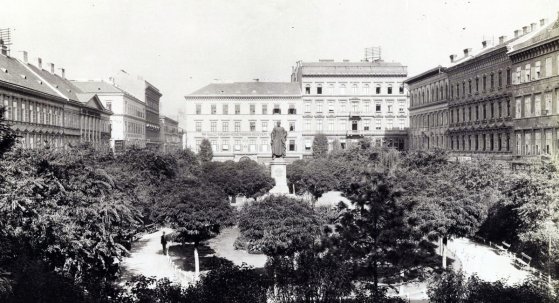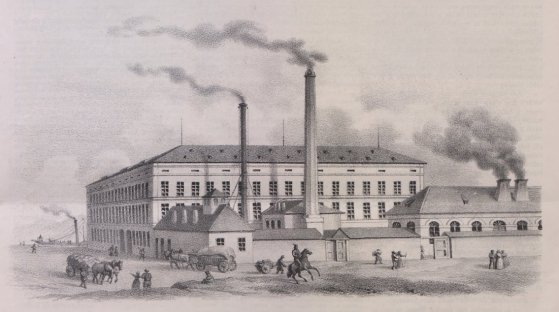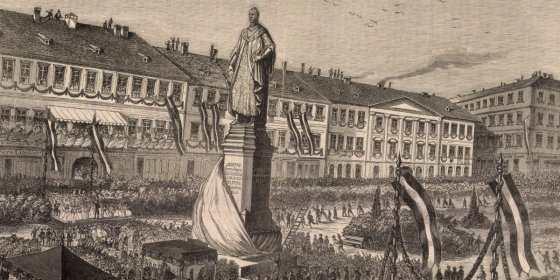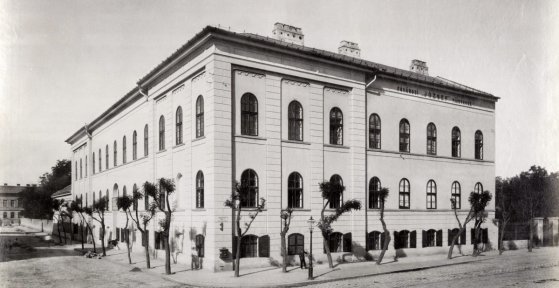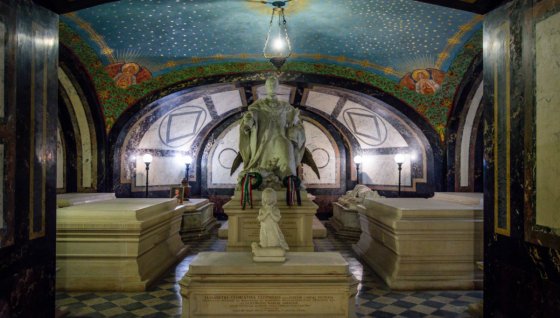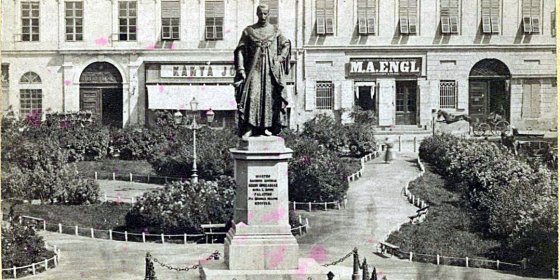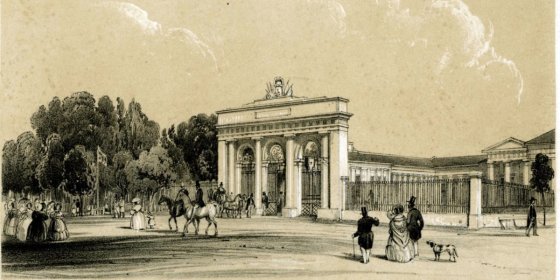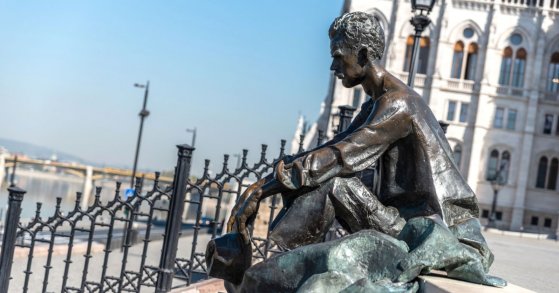 The „intertwined history” of the bridges and the city of Budapest
Which ideas and events have shaped the fate of bridges of Budapest and the cityscape? Alongside many other interesting facts, this question is also answered this newly published book by the Budapest City Archives, which introduces the history of bridges in Budapest.
The „intertwined history” of the bridges and the city of Budapest
Which ideas and events have shaped the fate of bridges of Budapest and the cityscape? Alongside many other interesting facts, this question is also answered this newly published book by the Budapest City Archives, which introduces the history of bridges in Budapest.
Palatine Joseph
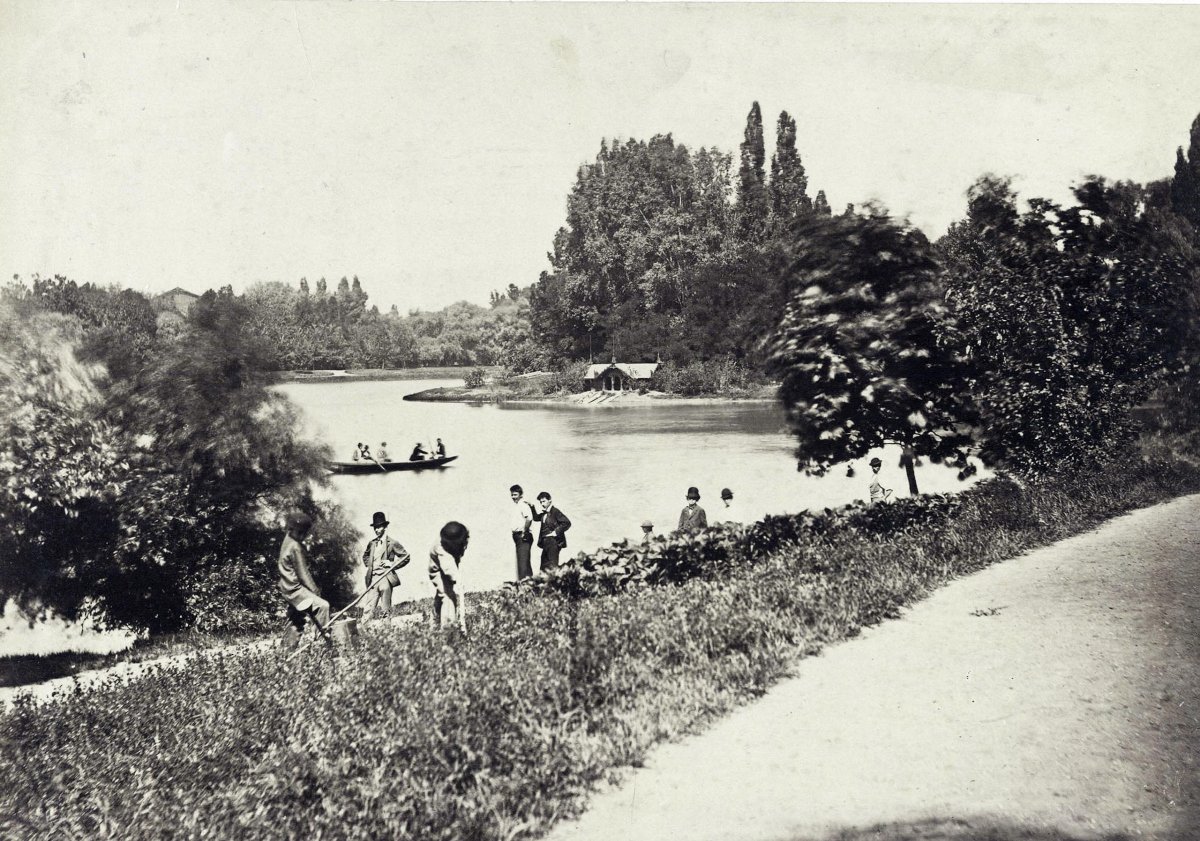 From swamp to public park: Donations were requested for tree planting in the City Park 205 years ago
From swamp to public park: Donations were requested for tree planting in the City Park 205 years ago
January 19, 2023 at 11:00 AM
Two hundred and fifty years ago, on the site of today's City Park, on the outskirts of the city, there was a swamp and an ox pasture. Although there were attempts to afforest the area, it also happened that the planted saplings were simply nibbled by the oxen. The plans for the development of the Park were completed by 1817, but the money needed for its implementation was lacking. Therefore, 205 years ago, fundraising began for the creation of the public park.
A romantic jewellery box in Zugló - The construction of the Hermine Chapel began 180 years ago
October 10, 2022 at 5:00 PM
One of the typical buildings on Hermina Road, which marks the eastern border of City Park, is the small Hermina Chapel. Despite its size, it has a very decisive role, as not only the road was named after it, but also the district where it stands: Herminamező. In keeping with its style, its story is also romantic, containing both beauty and tragedy. The foundation stone of the small chapel was laid just one hundred and eighty years ago.
Surroundings of Buda Castle - The historic gardens are being renewed
July 9, 2022 at 9:00 AM
The National Hauszmann Program covers not only the reconstruction of the buildings of the Buda Palace District, but also the renovation of the gardens surrounding them. The royal environment at the turn of the century naturally also demanded eye-catching green surfaces, on which an army of gardeners worked. This wonderful environment survived the siege relatively unscathed, but the rebuilding after World War II did not spare it, so in fact these gardens can also be considered huge losers of deliberate destruction.
The construction of the National Museum began in 185 years
June 24, 2022 at 2:00 PM
The construction of the Hungarian National Museum began 185 years ago. Alfalfa was previously grown on the then suburban plot, which had already been purchased for the museum in 1813. The Parliament voted for a huge amount of 500,000 HUF for the construction, and it began on 22 June 1837.
The end of the Salt Office in Pest - This is how József Nádor Square was born
June 7, 2022 at 11:00 AM
The Danube is still an important trade route to this day, but in the first half of the 19th century the navigable waterway was even more important. Among other things, salt was transported on it, for the storage of which and the administration of the related taxes, a Salt Office was erected on the banks of the Danube in Pest. South of it, in the building of the Thirtieth Office, customs duties for commercial goods could be handled. However, the development of the city forced their demolition, and the József Nádor Square was established in its place.
One of the first Hungarian machine factories operated in Lipótváros
April 21, 2022 at 9:30 AM
One of the first machine factories in Pest practically operated as a subsidiary of the József Rolling Mill, and for economic reasons it became an independent factory, which then became one of the first machine factories in Hungarian industry 175 years ago. Unfortunately, it was not long-lived, but its impact was significant.
Palatine Joseph, who died 175 years ago, had been systematically developing Budapest for decades before the Public Works Council
January 15, 2022 at 3:30 PM
Palatine Joseph [József nádor in Hungarian] died 175 years ago in Buda. Although the archduke born in Florence was destined for a different career, he did much for Hungary, Pest and Buda from 1795 as a governor, then from 1796 as Palatine until his death in 1847. On the anniversary of his death, we put together a bouquet of what Budapest owes to him.
Once upon a time there was a boy's orphanage - Josephinum designed by Mihály Pollack got its name from Palatine Joseph¬
October 10, 2021 at 10:00 AM
The support and upbringing of young children who lost their parents, and the satisfaction of their daily needs in Hungary until the middle of the 18th century was undertaken by the churches. The first city orphanage opened in Kőszeg in 1741, and then in the following decades similar institutions maintained and operated by the settlements were built in Selmecbánya [today Banská Štiavnica], Sopron, Nagyszombat [today Trnava] and Veszprém. In Pest, although prominent citizens donated significant sums for this purpose in the 1790s, only 100 years after the opening of the one in Kőszeg was the foundation stone of the first educational institution of this type laid, and it named after Palatine Joseph.
The most Hungarian Habsburg rests in Buda Castle – A visit to the Palatine Crypt
November 14, 2020 at 9:00 AM
A lesser-known segment of the vast Royal Palace of Buda Castle has housed the final resting place of the Palatine-branch of the House of Habsburg since the Hungarian National Awakening and the Reform Period. The crypt of the Habsburg palatines has remained almost unchanged since the 19h century. Few know that a Habsburg was buried in the crypt in the 2010s. Pestbuda visited the stunning site as part of a tour organised by the National Hauszmann Program before the restrictions announced on 10 November, limiting events entered into force. Join us on a visit to the crypt of the Royal Palace of Buda Castle.
The most Hungarian Habsburg moved to Buda 225 years ago
September 17, 2020 at 11:00 AM
Eventually serving as Palatine of Hungary for over 50 years, the young prince being raised in Florence would never have been expected to later be known as the Most Hungarian Habsburg. Palatine Joseph was only 19 when he moved to Budapest with much ceremony 225 years ago. He settled in the country, lived here with his wife and children, died here and was buried in the crypt of the Royal Palace in Buda Castle. His popularity was founded on the attention he paid to the prosperity of Buda and Pest.
Obligatory Sunday shooting practice lead to the construction of the Pest Shooting« Range 180 years ago
July 11, 2020 at 2:00 PM
In the past, every citizen of Buda and Pest was required to know how to shoot. Not because they were expected to stand their ground in a dual, but because they had to be prepared to defend the cities should an enemy attack. The new Pest Shooting Range was completed 180 years ago on the present-day Lövölde Square.
Poetry Day Walk - Statues of the greatest Hungarian poets in Budapest
April 11, 2020 at 10:00 PM
On this year's National Poetry Day, 11 April - the birthday of Attila József - the public, community poem readings, which have already become a tradition, were cancelled, and we could not even visit the statues of the greatest Hungarian poets to show our respect and gratitude. Thus, Pestbuda offers only a virtual walk between the works depicting our national greats in Budapest.
More articles
 The „intertwined history” of the bridges and the city of Budapest
Which ideas and events have shaped the fate of bridges of Budapest and the cityscape? Alongside many other interesting facts, this question is also answered this newly published book by the Budapest City Archives, which introduces the history of bridges in Budapest.
The „intertwined history” of the bridges and the city of Budapest
Which ideas and events have shaped the fate of bridges of Budapest and the cityscape? Alongside many other interesting facts, this question is also answered this newly published book by the Budapest City Archives, which introduces the history of bridges in Budapest.
 The Bridge Report, which brought a turning point in the history of Budapest
A travel report that changed the history of Pest and Buda, as well as Hungary. The little book contributed to the change of half a thousand years of legal customs and the implementation of an investment of unprecedented size and technical quality. This book was The Bridge Report [Hídjelentés in Hungarian].
The Bridge Report, which brought a turning point in the history of Budapest
A travel report that changed the history of Pest and Buda, as well as Hungary. The little book contributed to the change of half a thousand years of legal customs and the implementation of an investment of unprecedented size and technical quality. This book was The Bridge Report [Hídjelentés in Hungarian].
 Drama on the university wall - The heroic monument was planned 95 years ago
In the constant hustle and bustle of the Egyetem Square in Pest, the students may not even notice the monument that decorates the short section of wall between the church and the central building of ELTE. However, it commemorates their predecessors, the heroes who fought for their country in World War I, and those who heroically helped them. The first design of the dramatically collapsing soldier was born in 1928, ninety-five years ago.
Drama on the university wall - The heroic monument was planned 95 years ago
In the constant hustle and bustle of the Egyetem Square in Pest, the students may not even notice the monument that decorates the short section of wall between the church and the central building of ELTE. However, it commemorates their predecessors, the heroes who fought for their country in World War I, and those who heroically helped them. The first design of the dramatically collapsing soldier was born in 1928, ninety-five years ago.

